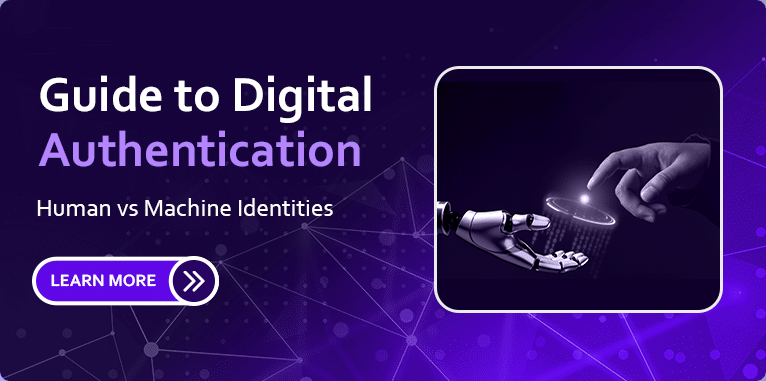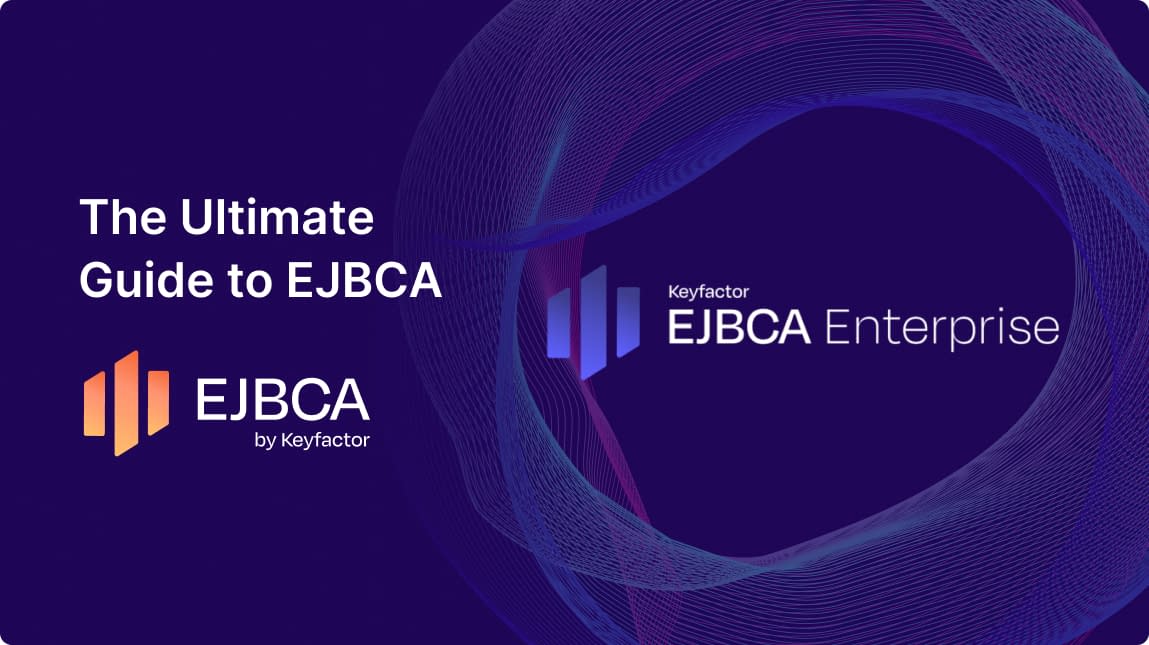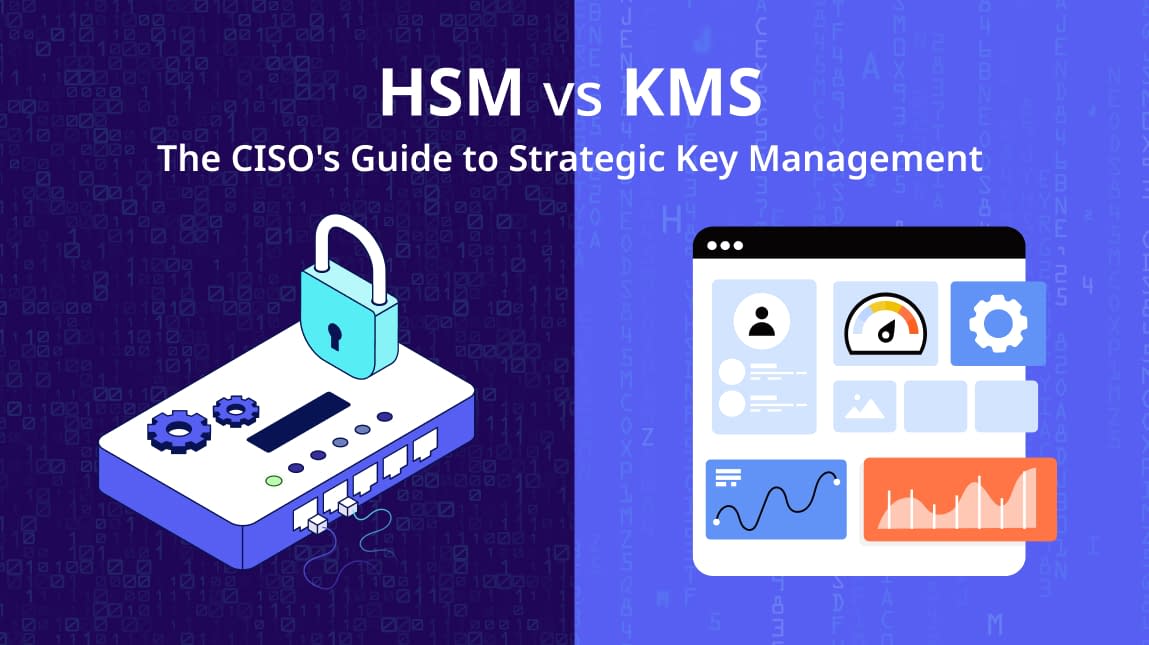As technology advances and the digital landscape becomes increasingly sophisticated, it makes our lives easier in some ways, but more difficult in others. Unfortunately, as our systems have advanced, the threat landscape has evolved in tandem. The days of protecting a system with a simple password are nearing an end; we now have the authentication tools to stay several steps ahead of attackers. Let us dive into the various facets of digital authentication and learn how your organization can leverage them to safeguard your critical assets.
Human Authentication: Ensuring User Legitimacy
All of us actively go through the process of human authentication every day. Whether we are logging into an account, using an authenticator app (such as Duo) or unlocking an iPhone with FaceID, we are authenticated multiple times every day. As such, we have all noticed that we need to go through additional and more robust authentication steps.
Traditionally, passwords have been the mainstay of security protocols. However, their vulnerability to theft and hacking has necessitated the development of stronger authentication methods. Multi-factor authentication (MFA) was a big step forward in secure authentication by combining two or more independent credentials: what the user knows (password), what the user has (security token), and what the user is (biometric verification).
The need for more sophisticated authentication methods created a desire for methods that are both secure and convenient.
Biometric verification, such as Windows Hello, FaceID, and smartphone fingerprint readers, rely on unique biological traits to authenticate users. Well-designed biometric verification systems can offer a high level of security and enhance user convenience.
A significant evolution in the authentication framework is Single Sign-On (SSO), which enables users to access multiple services with a single set of login credentials, streamlining the authentication process. This method not only improves user convenience but also minimizes the number of attack vectors for credential theft.
Complementing SSO is the rise of passwordless authentication, where users are verified based on what they possess (i.e. a certificate) rather than knowledge (such as a password or security questions). Storing a secure certificate on a user’s device is significantly more secure than passwords, which are increasingly targeted via phishing attacks.
Machine Authentication: Building Trust Among Devices
As devices (and organizations) become increasingly autonomous and sophisticated, the establishment of trust through machine authentication is crucial. In the past, machine authentication has been often been neglected by organizations in favor of an obsessive focus on human authentication. The dramatic exponential rise in machine identities has created an urgent need to shift the focus toward machine authentication. According to our partner CyberArk, machine identities now outnumber human identities by a factor of 45:1.
There are two foundational concepts to understand machine authentication:
- Digital Certificates and Identity Verification: Just as passports verify human identity, digital certificates validate a machine’s identity on a network. They are foundational to establishing secure sessions between devices over the internet. Devices have been using certificates for decades at this point, and the shift toward passwordless authentication for humans presents an opportunity to create a consistent framework.
- Secure Machine-to-Machine Communication: On the Internet of Things (IoT) ecosystem, devices constantly communicate with each other. Ensuring these communications are authenticated prevents unauthorized access and data breaches.
Three Critical Pillars to Machine Authentication
There are three key pillars that support machine authentication and secure machine communication. Public Key Infrastructure (PKI), Certificate Lifecycle Management (CLM), and Machine Identity Management (MIM) are all critical in a robust enterprise machine authentication practice. This framework can be scaled to meet your organizational needs and vary significantly in complexity.
- Public Key Infrastructure (PKI): PKI is essential for the creation and management of digital certificates. It uses a pair of keys, one public and one private, to facilitate secure electronic transactions. PKI is the structural backbone that upholds secure digital communications and commerce. For example, PKI enables secure communication protocols such as SSL/TLS.
- Certificate Lifecycle Management (CLM): CLM is analogous to maintaining the health and relevance of security credentials. It involves the monitoring and management of digital certificates, ensuring they are renewed before expiration and revoked if compromised.
- Machine Identity Management (MIM): With the proliferation of devices in enterprise networks, MIM has become critical for managing and safeguarding each device’s identity credentials. MIM includes processes that ensure devices are authenticated and authorized to access network resources.
The Cryptographic Triad: Protecting your critical data
The Cryptographic Triad – consisting of Hardware Security Modules (HSM), Key Management Systems (KMS), and Secrets Management – is foundational to protecting an organization’s data and ensuring the integrity and trustworthiness of its IT infrastructure. Let us delve into each component with more depth and detail:
- Hardware Security Modules (HSM): These are dedicated hardware appliances that manage digital keys for strong authentication and provide crypto-processing. These modules are tamper-resistant and provide a secure environment for key generation, management, and storage. HSMs are designed to comply with robust security and compliance standards such as FIPS 140-2. When security is critical, HSMs provide powerful physical threat protection. Learn more about how HSMs provide robust physical protection to bolster your software-based security platform.
- Key Management: Effective key management is vital for the security of cryptographic keys throughout their entire lifecycle, including generation, distribution, storage, rotation, and deletion. It involves policies and procedures to manage cryptographic keys in a secure manner.
- Secrets Management: This term refers to the tools and methods for managing a range of digital authentication credentials, such as passwords, tokens, and private keys. With automation and continuous delivery in software development, secrets management becomes critical to secure service-to-service communication and access within applications.
Our cybersecurity experts provide guidance on how to effectively and efficiently establish and operate a secure program for key and secrets management.
The interplay between HSMs, KMS, and secrets management systems forms a comprehensive approach to data security and cryptographic infrastructure. HSMs provide the hardware-based root of trust, KMS streamline the protection and lifecycle of the keys, and secrets management ensures granular control over sensitive information. Together, they create a robust defense against external threats and internal vulnerabilities, safeguarding the integrity, confidentiality, and availability of critical enterprise data.
Stepping up your enterprise authentication
With the dramatic rise in machine identities, the urgent need for a secure framework is clear. Accutive Security brings decades of experience in Identity and Access Management (IAM) and Cryptography to guide you on the path to a more secure enterprise. Our experts will build a comprehensive, secure, and holistic strategy for IAM + Cryptography for your enterprise and minimize your risk of suffering breaches or outages.












Comment